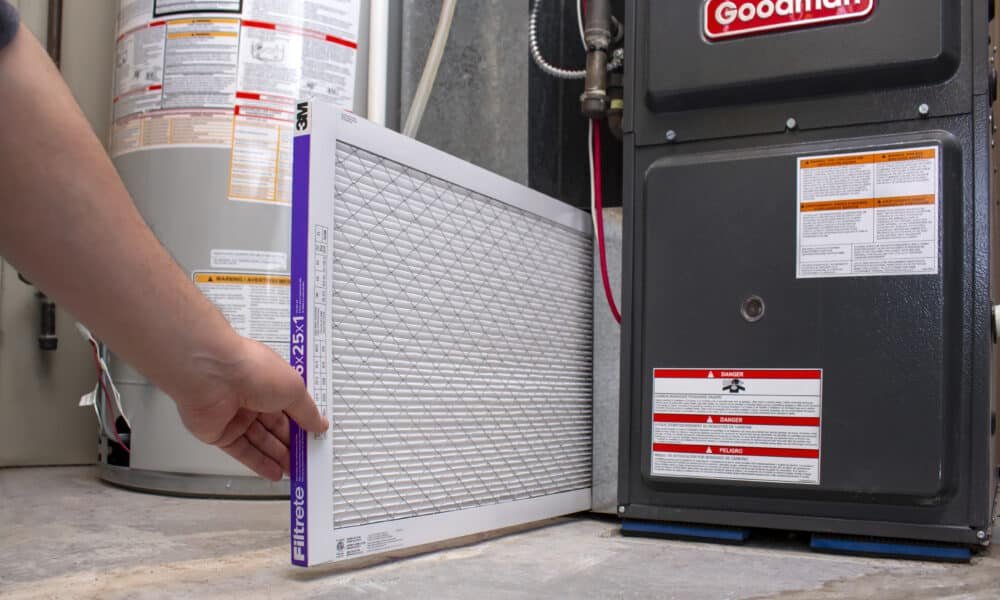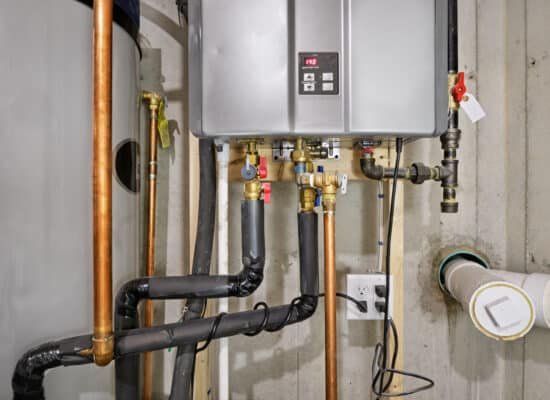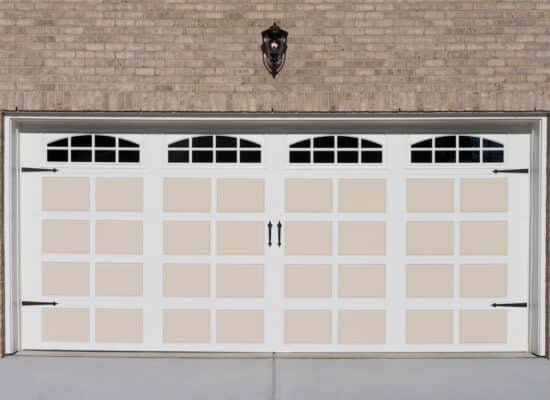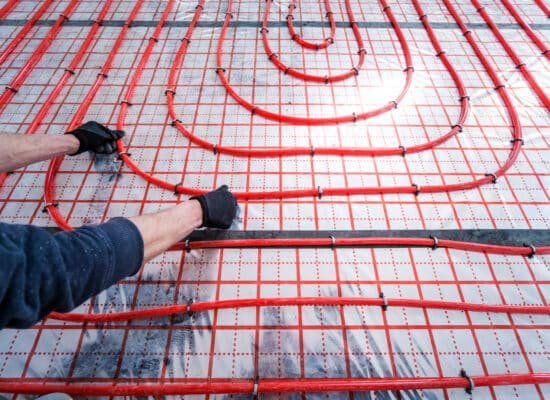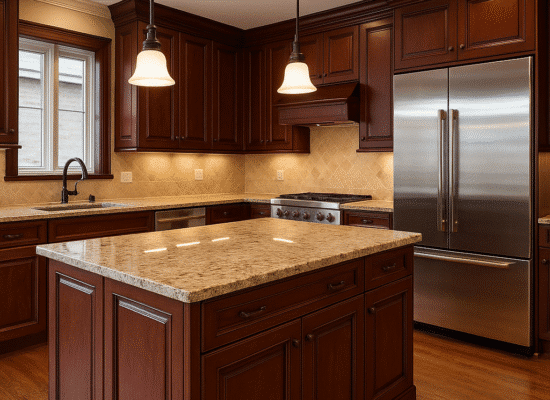Upgrading or replacing your home’s furnace is one of those major investments that you need to get right—because it affects your comfort, your utility bills, and your home’s value. If you’re asking, “What is the cost to install a furnace?” you’re in the right place. Depending on your home size, unit type, efficiency, and how complicated the installation is, costs can vary widely. In this article, we’ll walk you through average costs by home size and furnace capacity, show real model prices, break down labor vs. materials, and give you a top recommendation to keep in mind. By the end, you’ll understand what to budget and how to choose wisely.
Table Of Content
- What Affects Furnace Installation Costs?
- Home Size & Furnace Capacity
- Efficiency & Equipment Type
- Fuel Type – Gas, Electric, Oil
- Installation Complexity
- Average Cost Overview for 2025
- Cost Breakdown Table (Materials + Labour)
- Model Price Examples & Highest Recommendation
- Choosing the Right Size Furnace for Your Home
- Why Size Matters
- Square Footage & BTU Guidelines
- Other Sizing Factors to Consider
- Regional Cost To Install a Furnace by State / Metro
- Rebate & Incentive Programs for High-Efficiency Furnaces
- Conclusion
- FAQs
What Affects Furnace Installation Costs?
Before diving into numbers, let’s cover the factors that influence price—so you understand why costs differ.
Home Size & Furnace Capacity
Larger homes require larger furnaces (higher BTU ratings), which increases both unit cost and installation complexity. For example, homes up to ~1,200 sq ft may only need ~40,000–50,000 BTU units; larger homes 2,000+ sq ft may require 70,000+ BTU.
Efficiency & Equipment Type
Furnaces with higher Annual Fuel Utilization Efficiency (AFUE) cost more upfront but reduce operational costs. For example, units with 96%+ AFUE cost significantly more than standard 80% units.
Fuel Type – Gas, Electric, Oil
Installation cost varies substantially by fuel type. Electric furnaces often cost less to install but more to operate; oil or propane systems cost more upfront.
Installation Complexity
If ductwork needs replacement, permits are required, fuel lines or venting must be modified, and installation labor increases.
Average Cost Overview for 2025
Here’s a look at typical cost ranges based on aggregated industry data.
-
According to one guide, the average cost to install a furnace, including installation, runs between $3,000 and $8,000, though it can go much higher depending on factors.
-
Another source indicates installed costs range from ~$3,800 to ~$12,000, depending on home size and fuel type.
-
For smaller homes or simpler installs, the cost may be lower. For example, one cost table suggests ~$2,000–$3,000 for smaller homes.
In short: expect a broad range, but you can refine your estimate using your home’s size, fuel type and required efficiency.
Cost Breakdown Table (Materials + Labour)
Let’s look at typical costs, broken down into scenarios by home size and furnace capacity.
| Home Size / Furnace Capacity | Unit & Materials Estimate | Labour & Installation Estimate | Estimated Total Cost |
|---|---|---|---|
| Small home (≤1,200 sq ft, ~40-50 k BTU) | $800 – $2,300 | $2,000 – $4,000 | $2,800 – $6,300 |
| Mid-size home (1,200–1,600 sq ft, ~50-60 k BTU) | $1,000 – $2,700 | $2,200 – $5,000 | $3,200 – $7,700 |
| Larger home (1,600–2,500 sq ft, ~70-90 k BTU) | $1,300 – $4,800 | $2,500 – $9,500 | $3,800 – $14,300 |
Note: These estimates assume replacing an existing furnace of similar type without major ductwork or fuel conversion changes. If you are changing fuel type or replacing the duct system, add several thousand dollars more.
Model Price Examples & Highest Recommendation
Here are a range of real furnace units (materials only) so you can see how model choice affects cost.
-
Goodman 96% 80,000 BTU Gas Furnace – ~$2,000 material cost: good value, high-efficiency unit.
-
MRCOOL VersaPro 80k BTU 96% AFUE Gas Furnace – ~$1,700 material cost: strong performance for the price.
-
Lennox 14.3 SEER2 4‑Ton Gas Furnace System – ~$5,118 material cost: higher tier, larger system.
-
Carrier Comfort Multipoise Gas Furnace 90,000 BTU – ~$1,749 material cost: solid brand basic model.
-
Goodman GM9S800804BN 80% AFUE Gas Furnace – ~$829 material cost: budget entry model.
-
MrCool Signature Gas Furnace MGM96SE110C5XA – ~$2,059 material cost: high-efficiency premium unit.
Highest Recommendation: If your budget allows, go for a reputable brand (Carrier, Lennox, MrCool) with ≥ 95% AFUE, appropriate capacity for your home size, and compatible ductwork. For example, MrCool or Goodman 96% units offer high value/effectiveness. Investing in efficiency pays off long-term through lower operating costs.
Choosing the Right Size Furnace for Your Home
Why Size Matters
An undersized furnace won’t keep the home warm in cold weather; an oversized furnace wastes energy and increases wear. Proper sizing ensures comfort and efficiency.
Square Footage & BTU Guidelines
-
Up to ~1,200 sq ft → ~40,000 – 50,000 BTU
-
~1,200–1,600 sq ft → ~50,000 – 60,000 BTU
-
~1,600–2,500 sq ft → ~70,000 – 90,000 BTU
Other Sizing Factors to Consider
Insulation quality, number of windows, ceiling height, climate zone, and duct system condition all influence required capacity. A professional load calculation is recommended.
Regional Cost To Install a Furnace by State / Metro
Here’s a quick reference table summarizing how installation costs vary by region and home size to help readers compare against local pricing.
| Home Size (sq ft) | Typical Installed Cost | Region / Notes |
|---|---|---|
| Up to ~1,200 sq ft | $3,800 – $6,700 | Many smaller-home installs. |
| 1,200 – 1,600 sq ft | $4,200 – $7,200 | Mid-sized home range. |
| 1,600 – 2,000 sq ft | $4,700 – $8,000 | Larger home, standard efficiency. |
| States with higher labour/permit costs (e.g., CA, MD, VA) | $5,000 + | Labour & regulatory costs drive up pricing. |
Take-away for your readers:
-
If they live in a region with high labour/permits (e.g., coastal states, high cost-of-living areas) they should expect installed costs on the higher end of the range.
-
Encourage them to get multiple quotes and compare to these benchmarks to determine whether they are getting a fair price.
-
Suggest they ask contractors about what parts of the cost are labour vs. materials vs. permits to better understand quotes.
Rebate & Incentive Programs for High-Efficiency Furnaces
Here are key national and utility-level incentives your readers should know about:
-
Federal Tax Credit: Under the ENERGY STAR / U.S. Department of Energy programs, high-efficiency furnaces (natural gas/ oil) may qualify for tax credits.
-
Utility Rebate Example – Pennsylvania (UGI Utilities): Up to $500 rebate for installing an ENERGY STAR certified natural-gas furnace.
-
State-Level Programs: Many states have HVAC rebate or incentive programs for upgrading to efficient heating systems. For example, New York’s NYSERDA offers rebates for high-efficiency HVAC installs.
-
Important: Incentives vary by state, utility, equipment efficiency level and installation date. Encourage readers to check their local utility and federal guidelines before purchasing.
Conclusion
The cost to install a furnace varies widely, but with some data under your belt, you can budget wisely. For smaller homes, you might spend $3,000–$6,000; for mid-size homes $4,000–$8,000; for larger homes $7,000–$14,000+. Model choice, efficiency, fuel type and installation complexity all matter. Use the cost tables above, compare material cost with unit examples, choose a reputable brand, size the furnace correctly, and you’ll be in a solid position to make a smart decision. The long-term comfort and savings make the investment worthwhile.
FAQs
1. What is the typical cost to install a new furnace in 2025?
It depends, but many installations fall in the $3,000–$8,000 range for typical home sizes and fuel types.
2. How does home size affect the cost to install a furnace?
Larger homes need higher BTU capacity furnaces, which cost more for both the unit and installation. For example, homes up to 1,200 sq ft might cost $2,800–$6,300; larger homes can cost $3,800–$14,300+.
3. What is the difference in cost between standard vs high-efficiency furnaces?
High-efficiency furnaces (e.g., 96%+ AFUE) cost significantly more upfront. A standard-efficiency unit ($700–$1,800 material) may install for $3,800–$6,200; a high-efficiency unit ($2,800–$6,200 material) may install for $7,500–$12,000.
4. Are electric furnaces cheaper to install than gas?
Often yes in terms of unit/labor, but their operating cost is usually higher in colder climates. Electric installs are typically $2,000–$7,000; gas units range $3,800–$10,000+.
5. What hidden costs should I consider when installing a furnace?
Watch for ductwork upgrades, permits, disposal of old unit, fuel-line or venting modifications. These can add $500–$5,000+, depending on complexity.
6. How should I choose the best model for my home?
Start by sizing correctly (based on square footage, insulation, climate). Then select a trusted brand, consider efficiency (AFUE rating), check unit price and installation cost, and choose a model you can service easily. Investing slightly more upfront in a high-efficiency model often pays back over time.





